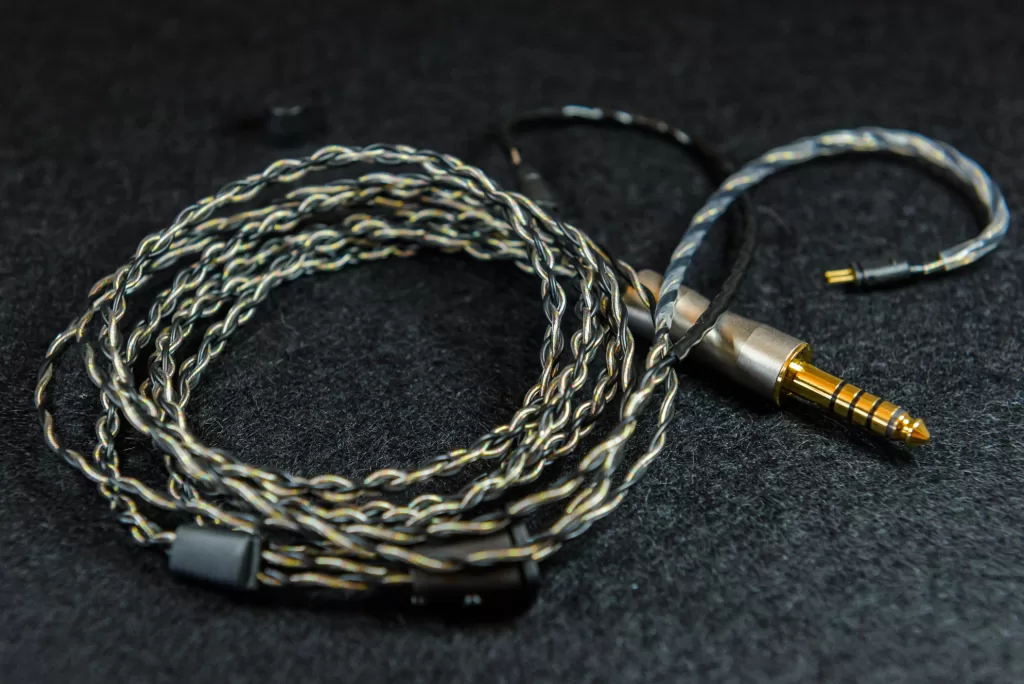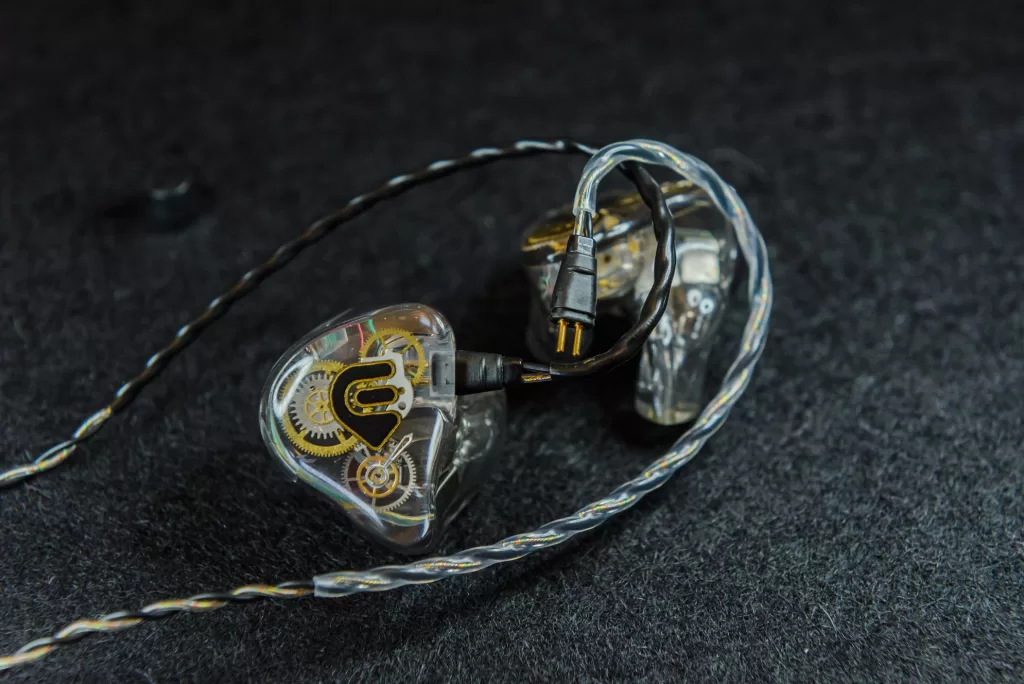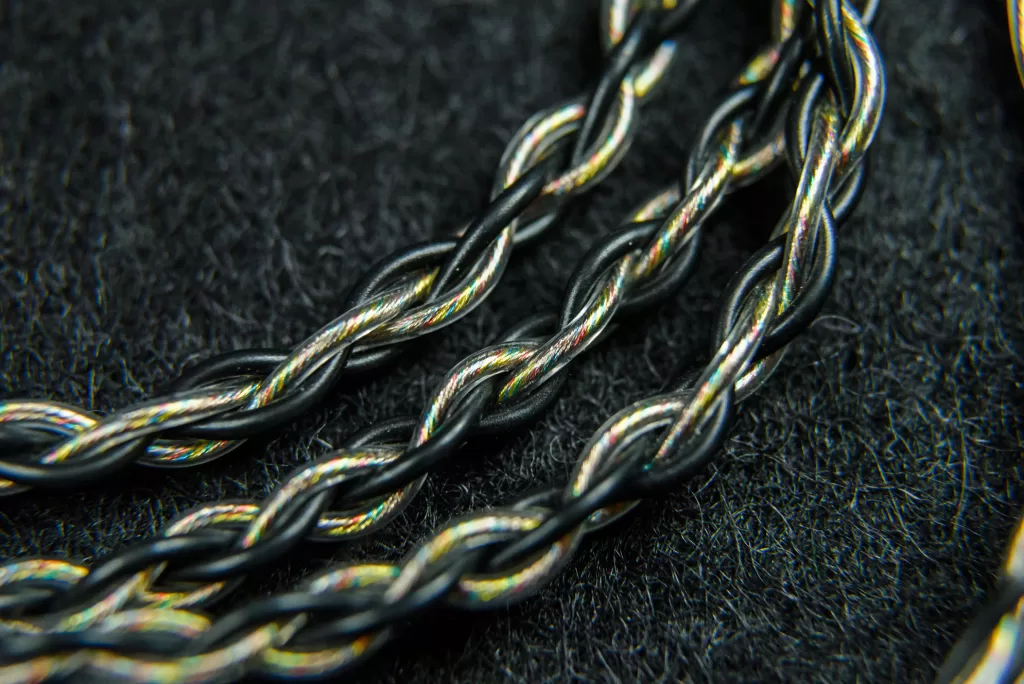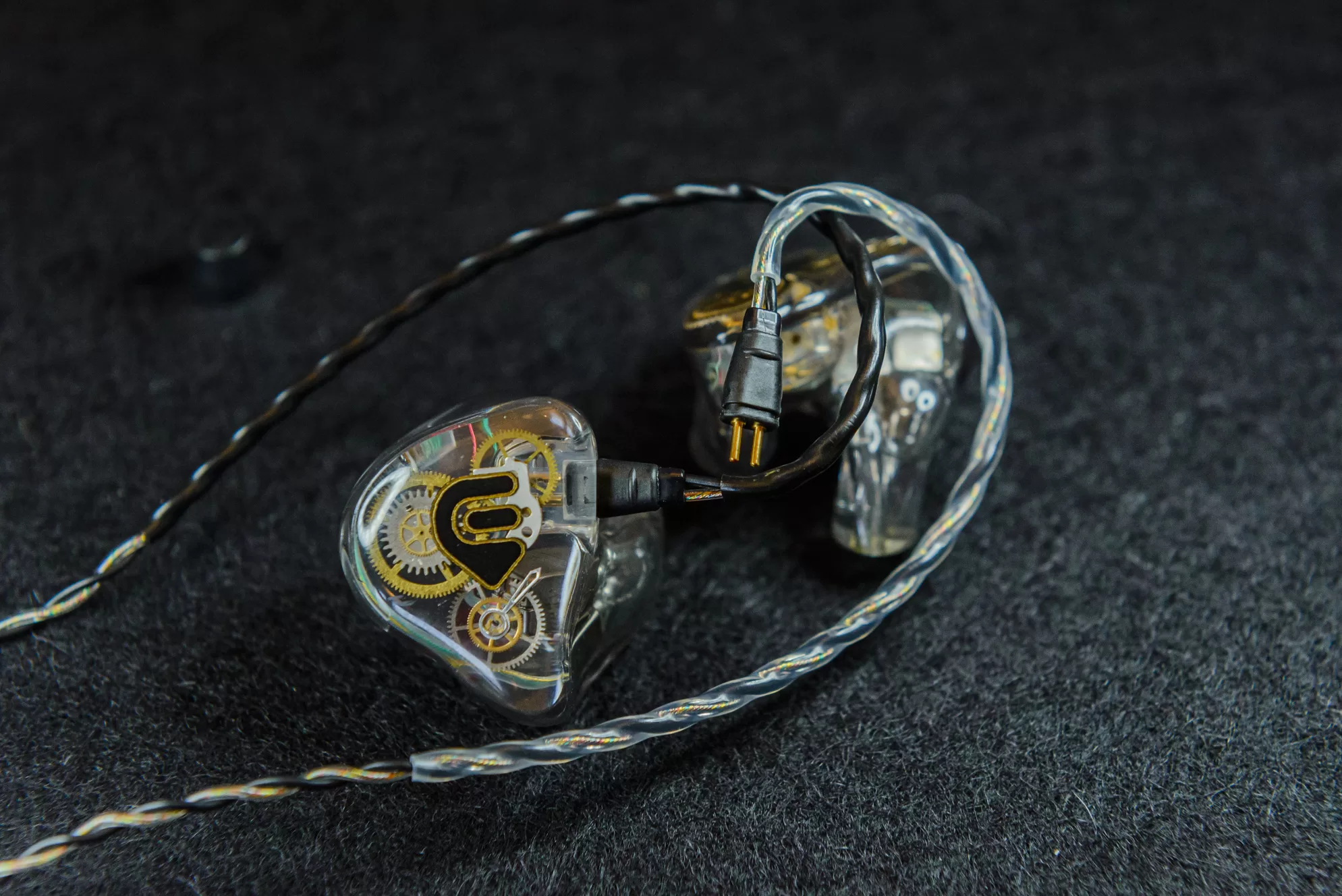Firslty I would like to thank Linum for sending me their new DualBaX Zebra cable to review.
*disclaimer: This sample was provided for the purpose of writing a review, no incentive was given to write a favourable review. All opinions expressed are my own subjective findings
Gear Used:
Fiio M15s > DualBaX > 64 Audio A6t
JDS Labs Atom DAC 2 > Atom Amp 2 > DualBaX > 64 Audio A6t

Tech Specs:
• Available connector types: T2™ with Earhook
• (Compatible with IPX), 2-Pin plug with Earhook
• Termination options: 3.5 TRS (90° angled), 4.4mm TRRRS (straight)
• Silver plated copper litz wires
• Dual pair twisted – 224 strands
• Weight: ~8g / ~0.28oz (balanced version ~13g / 0.46oz)
• Length: 127 cm/50”
• Impedance: 0.6 Ω
• Pull strength of cable: 180 N/40lbs
• Microphonics: Low
• Standard colour options: Zebra (Transparent Golden & Black)
https://www.linum.dk/products/linum-dualbax/
Packaging and Build Quality
The Linum DualBaX Zebra cable came in a small zip lock pouch with a small card thanking you for purchasing a Linum cable and it has a QR code which will take you to the products user manual. The packaging is minimalistic and sleek, it’s not bulky and ultimately this is a thin, lightweight cable so, it really doesn’t need dressing up in a fancy box.
The build quality is excellent though, Linum cables always feel very thin and almost flimsy however, they are reinforced with aramid fibres and giving them excellent tensile strength and durability. Linum use silver plated copper in their cables, this is a 4-braid cable and in my case came with a 4.4mm balanced connector on one end and 0.78mm 2-pin connectors on the other. There is good strain relief on the 4.4mm end, the 2-pin connectors are low profile for comfort but can be a little tricky to remove once installed. There are pre-moulded earhooks which feel comfortable, they don’t go all the way to the connectors which does leave a bit of cable exposed, I found this to be a little odd but apparently it helps with the ergonomics. This bit of exposed cable does leave me a little worried in terms of long-term durability, but I’m sure Linum have thought about this. Also, on my cable the right earhook is black to denote it is the right, this is however an early sample and new cables will have conventional colour codes for Right/Left.

Comfort
This is an area where Linum really excel, most cable brands have high strand count, or balance a thicker gauge with softer jackets for comfort. Not here, you have a thin and extremely lightweight cable that disappears in use, you really don’t feel it and for that reason it is one of the best cables if you value comfort. The quad braid is a little bulkier than some of their other cables but, it does make it feel a little more durable and substantial without adding too much bulk.

Sound
In terms of technology Linum are fond of low impedance and they aim to delivery sonic purity without imparting a sound of their own as such. And they deliver in my opinion, I’ve used their cables before and I have the Westone MACH 80 which uses the UltraBaX model, and they are always clean sounding cables that get out of the way of the sonic presentation of the earphones. The DualBaX claims to offer better crosstalk performance due to the geometry, personally I’ve not had issues with crosstalk with other cables however this cable has a well separated presentation with very impressive imaging.
I have noticed a tiny bit more impact in the bass region, bringing out a little more punch in certain songs, this is not a cable that affects the extension on either end though. It is sonically very pure and clean which is a very good thing in my opinion. If you enjoy the sound of your earphones, the DualBaX is an excellent addition as it’s supremely comfortable and enjoyable, if you are looking to tune the sound of your earphones, I would say you may want to look elsewhere though. There are cables out there with more apparent sonic traits, this is one of those products that just does what it says on the tin – offering you a slightly improve sound in terms of separation and detail without upsetting the tonal balance of your earphones.
Of course, the degree of influence the cable has on the sound will change depending on the earphones, for example my 64 Audio A6t have LID technology which means cables have less of an influence on their sound due to the linear impedance response – the same goes for my Custom Art FIBAE 3 earphones. My InEarz P350 on the other hand don’t have this tech, and the DualBaX does indeed have a little more of an influence on their sound signature, but the values are very much the same as previously mentioned. There is a little more detail overall, the treble comes across as slightly crisper and there is lovely body down low. The sound comes across as better separated with a slightly wider soundstage, there is more air surrounding instruments and everything is just a little cleaner overall.
I always stress the fact that cables are not going to make a night and day difference however, slight differences in resistance and impedance can make small changes to the sound of your earphones and headphones. They should be considered as one of the last fine-tuning steps in your setup, and this applies to the Linum DualBaX too.

Conclusion
This is a brilliant cable overall; it offers up excellent comfort and ergonomics alongside great build quality and durability. The sound signature is one that is clean and detailed, it helps bring out the subtle details in recordings with perhaps a tiny hint of extra impact in the bass region with certain earphones. The treble is crisp and airy, instrument separation is highlighted and there is a sense of increased space and air to the sound. I can easily recommend this cable if you want something that is super easy to live with, without aiming to change the overall sound of your earphones.
Sound Perfection Rating: 9/10 (Ergonomic, crisp sounding and overall a pleasure to use)

